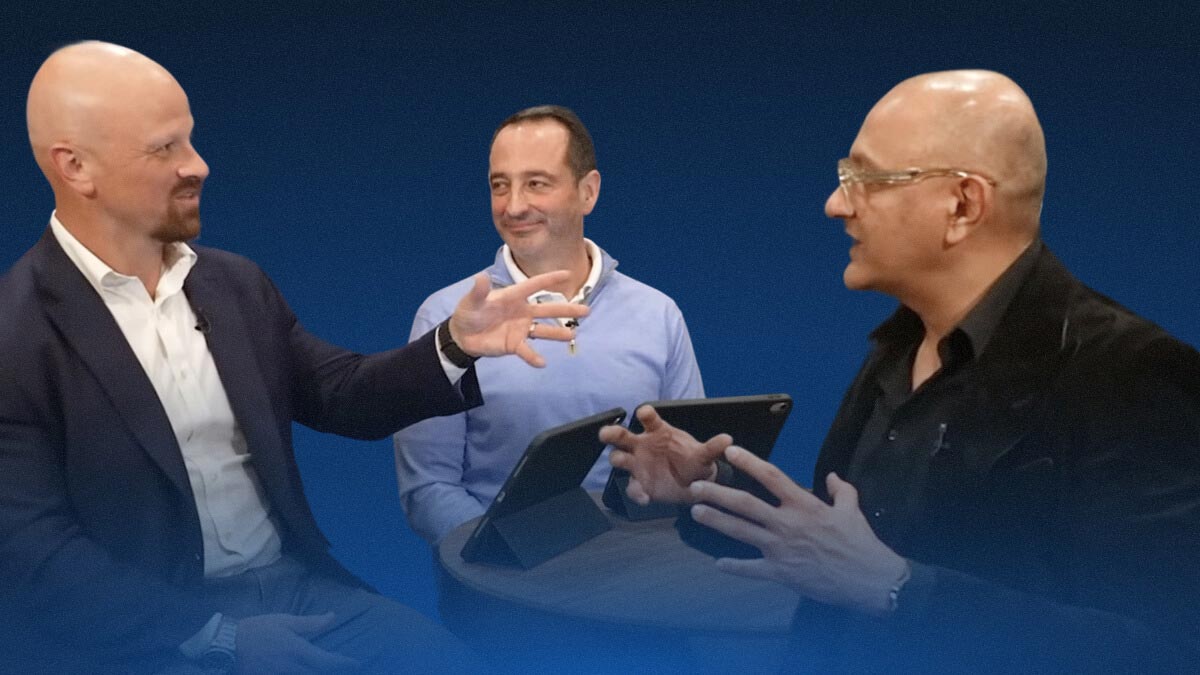SAN JOSE, Calif. -- April 28, 1998 -- Cisco Systems, Inc. today announced a voice/fax feature card for the Cisco AS5300 universal access server. Targeted at the voice-over-IP and fax-over-IP markets, the voice/fax feature card is a key element of Cisco's service provider packet voice strategy (see separate release "Cisco Delivers Internet Infrastructure for Carrier-Class Voice Quality"). With the introduction of the Cisco AS5300 voice/fax feature card, Cisco now offers a broad range of end-to-end packet telephony gateway solutions.
Voice/Fax Feature Card for Cisco AS5300, AccessPath
The voice/fax feature card for the Cisco AS5300 universal access server extends the platform functionality to include voice/fax services. The Cisco AS5300 enables voice port densities starting at 60 ports today. Service providers requiring higher densities can use Cisco's AccessPath® integrated access system to scale up to 1260 voice ports.
The Cisco AS5300 voice/fax feature card interfaces with existing telephones and fax machines through key systems, the Public Switched Telephone Network (PSTN) and PBXs, making the process of placing calls over the IP network transparent to users. The new voice/fax feature card supports several toll-quality coder-decoders (CODECs) including G.711 for high-bit rate applications and G.729 for WAN applications. The Cisco AS5300 voice/fax feature cards are Cisco's first packet voice product with high-bandwidth digital interfaces (T1/E1) to the PSTN or PBX, and are H.323 compatible, allowing interoperability with other H.323-compliant products.
Superior Voice Quality
According to Mier Communications, which tested the voice/fax feature cards for the Cisco AS5300, "The quality of voice, under normal network operating conditions, is the best of any VoIP product we have tested to date."
Voice processing latency is minimized through the design of the voice/fax feature cards and by Cisco's integrated, router-based design. Industry-leading quality of service (QoS) features of standards-based Cisco IOS® software, such as IP Precedence, Resource Reservation Protocol (RSVP) and Weighted Fair Queuing (WFQ), Voice Activity Detection and Echo Cancellation, provide the highest possible voice quality. The different voice CODECs are capable of compressing standard 64K pulsecode modulation (PCM) voice down as low as 8K.
The voice-enabled Cisco AS5300 is managed by the recently announced Cisco Voice Manager, which takes the complexity out of large voice-over-IP networks by enabling voice interface and dial plan configuration in batch mode. Cisco Voice Manager, which also operates with the Cisco 3600 access servers and Cisco 2600 series of access routers, monitors end-to-end voice quality for each call on the network in compliance with the International Telecommunications Union (ITU) G.113 specification. Cisco Voice Manager measures QoS parameters such as delay, packet loss and type of service. It also offers detailed reporting including Call Detail Records, Call Volume Reports and Active Call Reports.
The International Telecommunications Union (ITU) - approved H.323 specification provides standards interoperability among vendors in the telephony and multimedia markets. H.323 clients such as Microsoft's NetMeeting, Selsius' Ethernet Phone and Symbol Technologies' wireless H.323 phones have been tested and work with the new Cisco voice/fax modules.
Services and Applications
With the Cisco AS5300 voice/fax feature card, an enterprise can connect a PBX directly to an IP network, offloading branch-office voice traffic from the PSTN. By routing voice traffic across the company's existing data intranet, the company is able to lower voice telephony costs by eliminating many toll charges. In addition, intraoffice fax traffic can be routed across the company's data network or intranet using existing fax machines.
Enterprise customers will use the Cisco AS5300 voice/fax feature cards between multiple offices using PBXs with digital interfaces. The voice-enabled Cisco AS5300 can be used as a central site aggregation point for use with lower-density, voice-enabled Cisco 3600 and Cisco 2600 series products. Service providers will use the voice-enabled Cisco AS5300 to offer local loop bypass, managed services, international toll arbitrage and fax relay.
End-to-End Packet Gateway Solutions
With the introduction of the Cisco AS5300 voice/fax feature card, Cisco Voice Manager and the voice-enabled Cisco 2600 and Cisco 3600 series, Cisco has a broad range of end-to-end packet telephony gateway solutions. During 1998, Cisco will continue to add to its suite of voice-over-IP products, announcing lower-end and larger-scale, higher-density digital voice packet gateways on a variety of Cisco platforms.
Cisco Systems
Cisco Systems, Inc. (NASDAQ:CSCO) is the worldwide leader in networking for the Internet.



